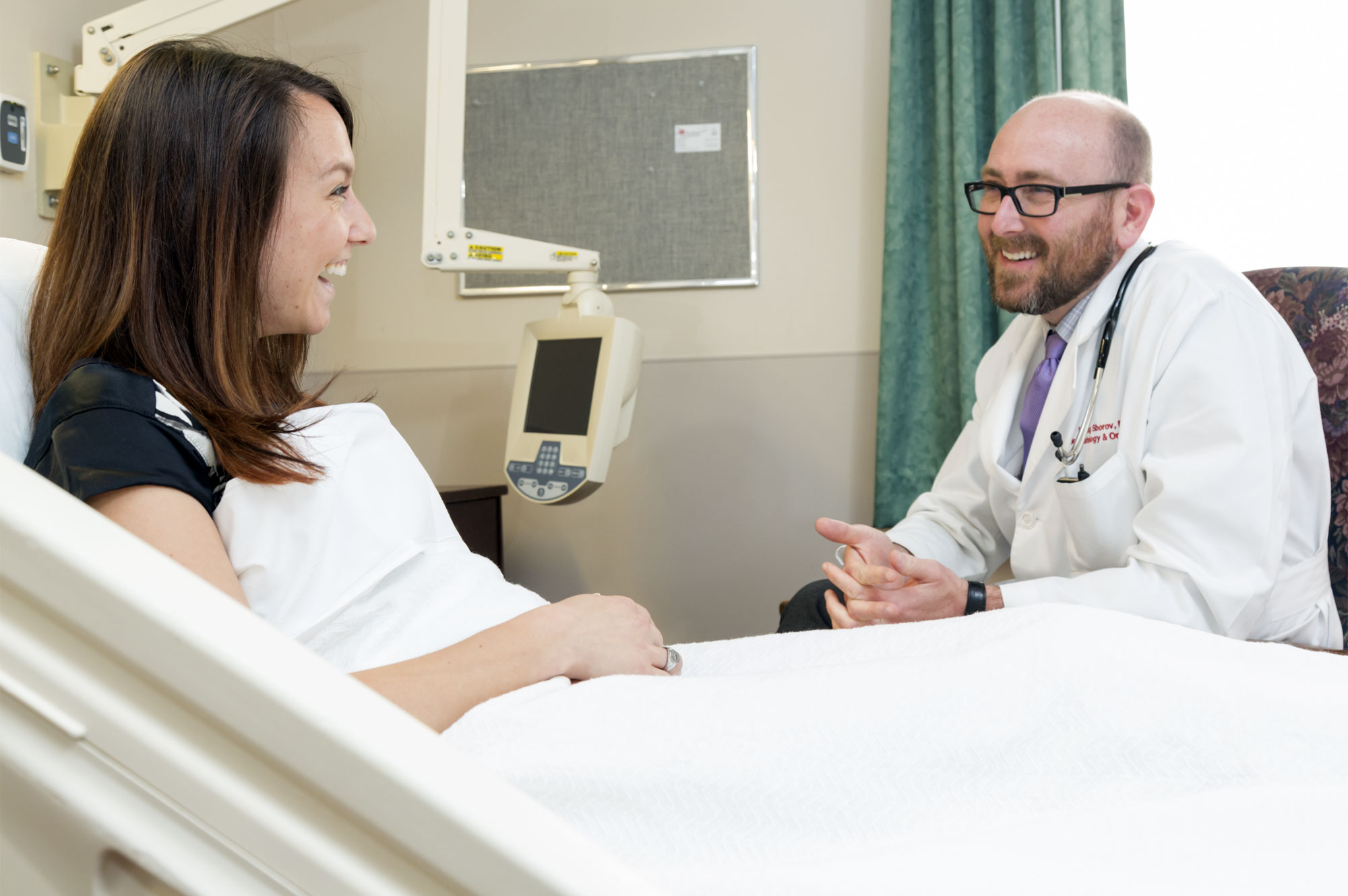Simulation & Localization

Previously, the consultation process determined whether radiation therapy would be beneficial for you. Once radiation therapy is recommended and you consented to undergoing the treatment, the preparation process begins, and it starts with the scheduling of a CT “simulation” procedure. On this day, your appointment is scheduled with the radiation therapists who are supervised by the radiation oncologist in mapping out your treatment area by using a special x-ray unit called a simulator, and/or by using a special CT scanner. This is an important process in your care as it will ensure accurate delivery of the radiation beam and improve your comfort throughout your treatment course.
During the simulation process, your radiation oncologist and radiation therapists will determine how you will be positioned on the table to optimize your treatment. Often specialized masks, molds, or immobilization devises are fabricated to ensure that you are in the same position- everyday- during your treatments. It is important to find a comfortable position that you can hold for 15 - 30 minutes. The immobilizing devices hold you in place and provide extra support. They are molded to your body’s contours so that your comfort is maximized by cradling you in place. In some cases particularly with head and neck cancers, the mask is used. It is created out of firm plastic and is molded to your face, which is a quick and painless procedure. It too is designed to fit comfortably so that breathing will be easy.
In order to better visualize anatomic sites in or around the treatment area, sometimes, we find it necessary to administer contrast material (radiographic dye) during simulation. Contrast can be given intravenously, that is, with a needle through the vein, orally, or through a catheter inserted by the nurse or therapist. Identifying certain organs is much easier when they can be referenced to other structures highlighted with contrast. This procedure would be done for simulation only, not for daily treatment, and requires no special preparation prior to your appointment.
At this stage, the treatment plan is generated and it will be customized to your clinical needs. Usually, this will involve taking detailed images of the body and making precise marks in the area/s that will receive the radiation beams. Once special x-rays or CT’s have been obtained, a radiation therapist will mark your body to indicate the precise reference spot for your treatment. The type of markings used will depend on your tumor site and the type of treatment that you will receive. Some marks can be made by a marking pen or colored dye and are not permanent. Other marks are permanent tattoos, the size of a freckle, which cannot be rubbed off or washed away during the course of your treatment. If you have any concerns about receiving these tattoos you must discuss this with your radiation therapy team. These marks, or small permanent tattoos, will need to be maintained throughout the entire treatment course. Do not rub or wash off these marks, or the entire localization procedure may have to be repeated! In addition, measurements are taken as reference points for the development of the radiation dosimetry plan. Exact localization of the target area is established so that the entire cancerous area can be covered by the radiation treatment, while sparing as much of the healthy tissue as possible.
This localization and treatment planning process is technically complex, and is usually performed within several days of the initial consultation. The process normally requires one hour or less of your time in the clinic. Most of the action then takes place after you leave our facility. We spend lots of time here working on the “virtual you” inside our computers, while you are comfortably at home!
Photographs are taken on the day of simulation for two reasons: as chart documentation, and as a treatment set-up aid. A facial picture is taken for identification purposes and kept in your permanent treatment record. Each day before treatment, you may be asked your name and birth date for triple verification.
Many patients assume that their treatment will begin the day after simulation, but in most cases, they will not. This happens mainly for two reasons, the first being treatment planning. After simulation all the necessary calculations not only have to be completed but also independently checked and finally, approved by the radiation oncologist. This usually takes approximately 3 days. Secondly, the daily treatment schedule is an extremely busy one. Most times a patient must complete his or her course of therapy before another patient can begin in that time slot. Some patients are very specific as to what treatment time they need, whether due to traffic concerns, work schedules, or daycare problems.
Whatever the reason, we know it’s important to you, and we will do our best to work with you in choosing the most convenient treatment time possible. The short delay between simulation and treatment in no way compromises the outcome of your therapy. These factors are considered by the radiation therapy team when planning your specific course of treatment. You will be given an appointment card with the time and date of your first appointment for treatment.